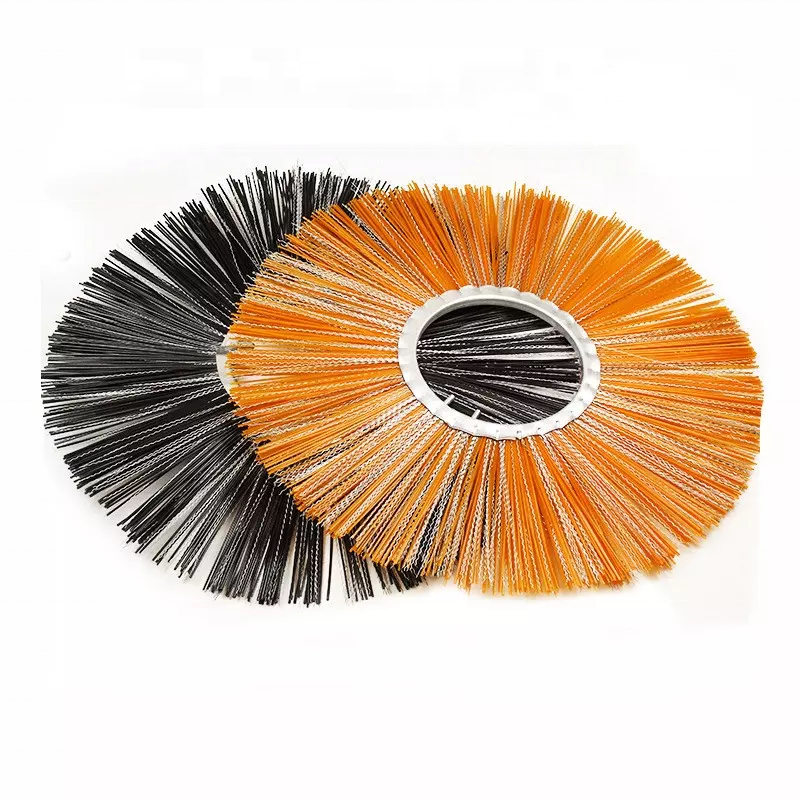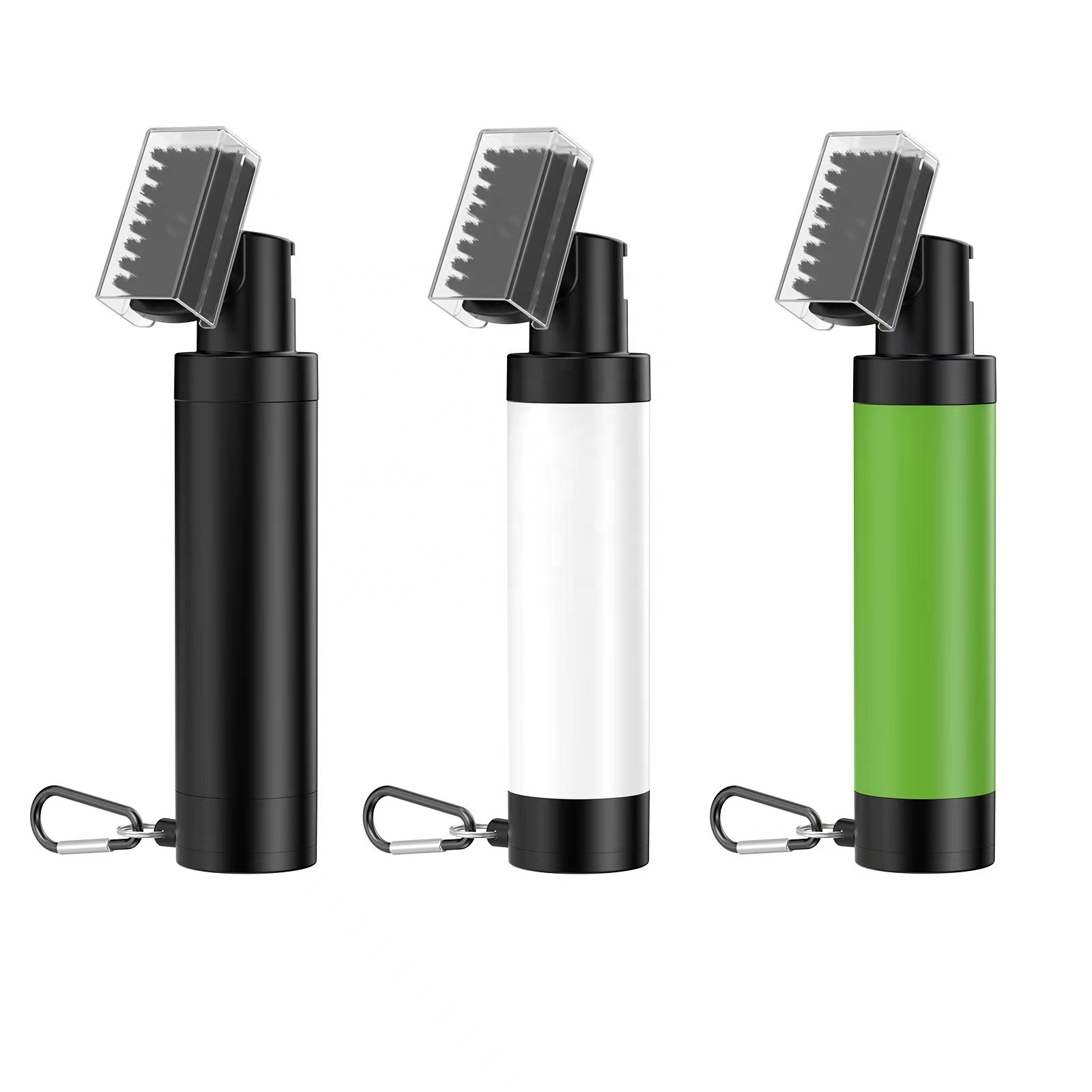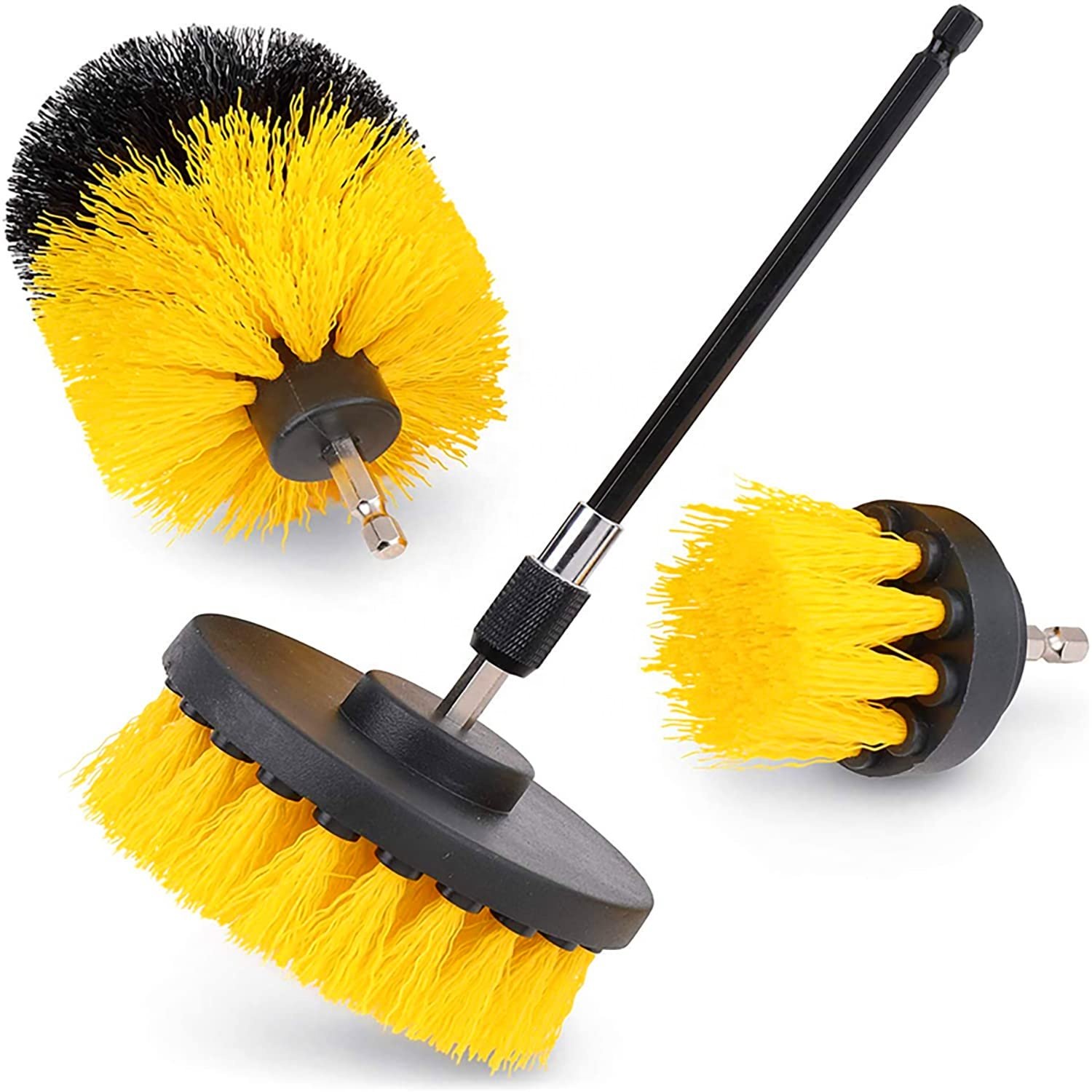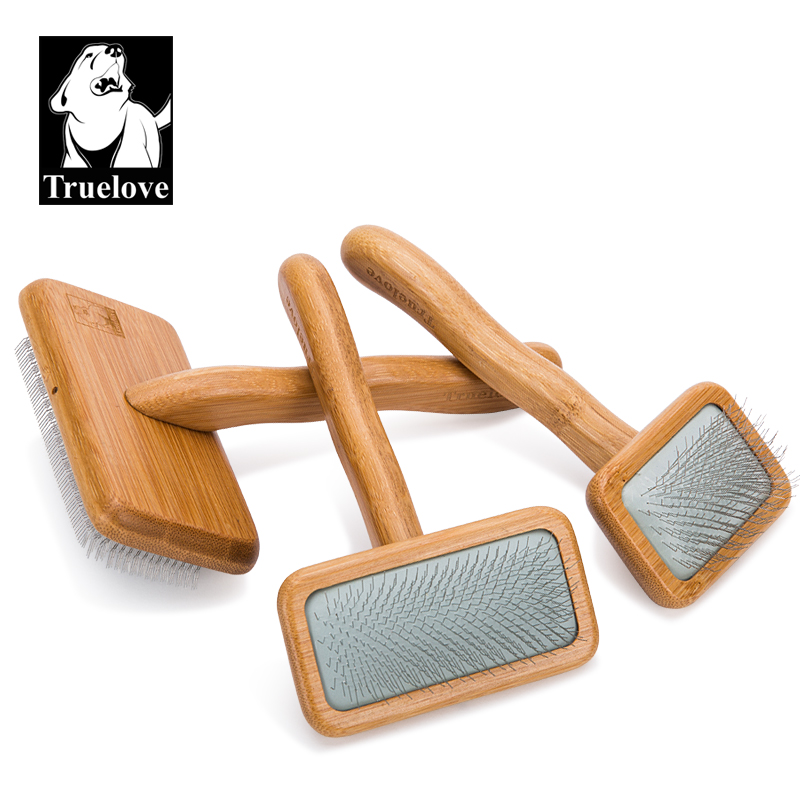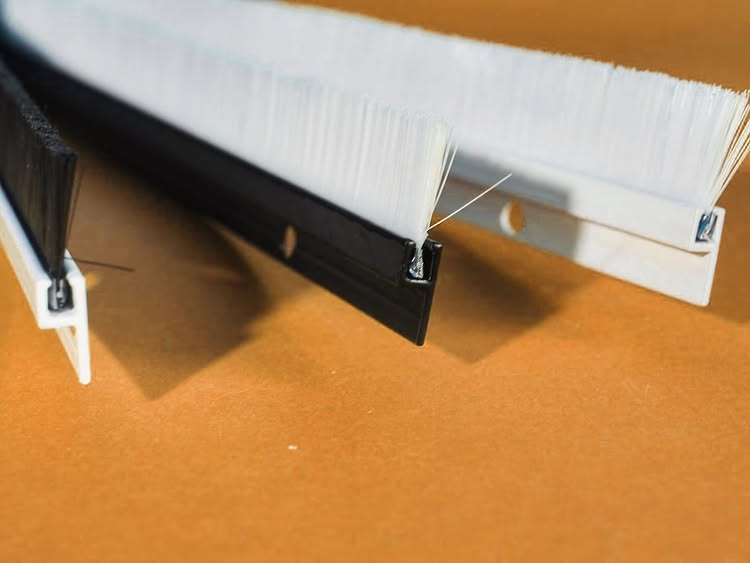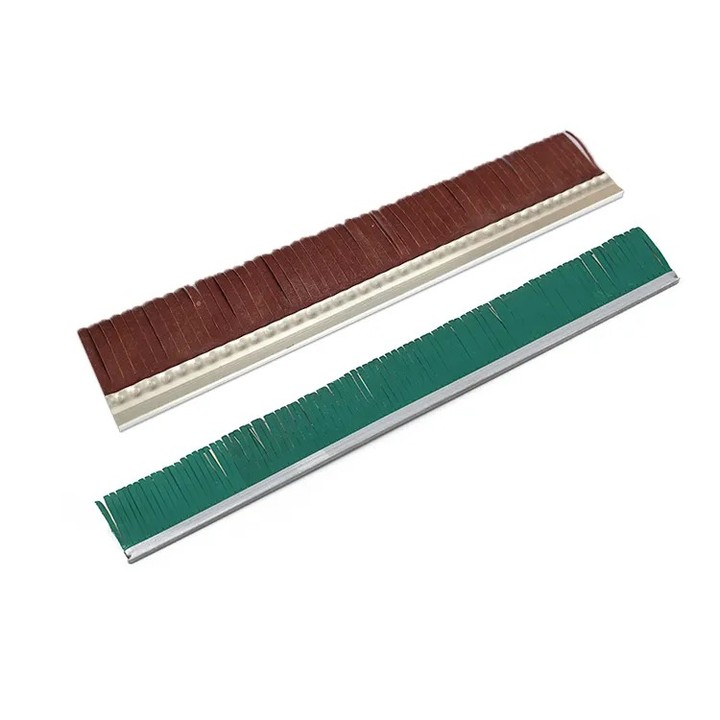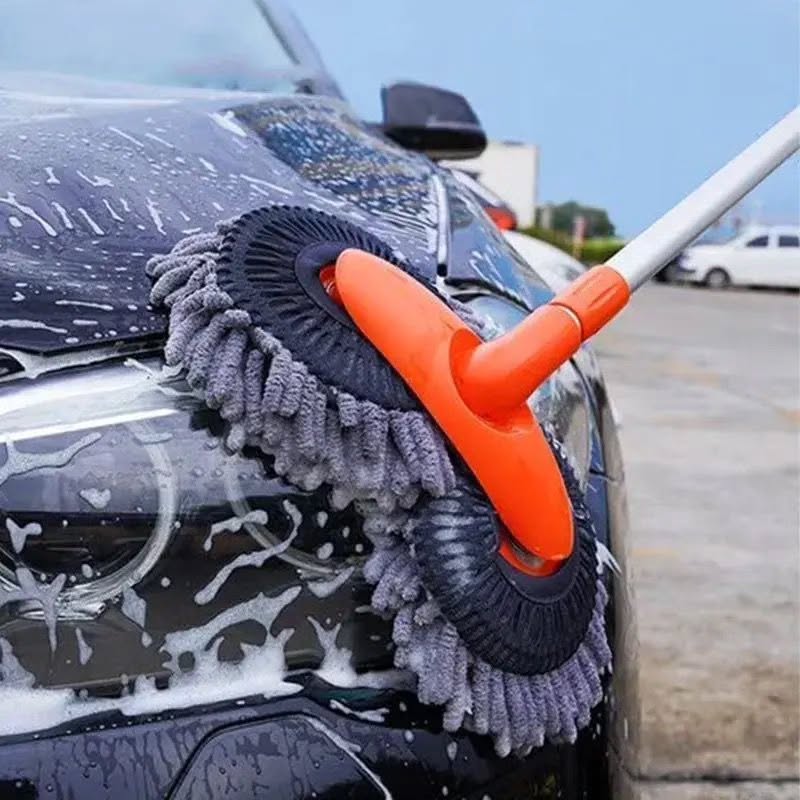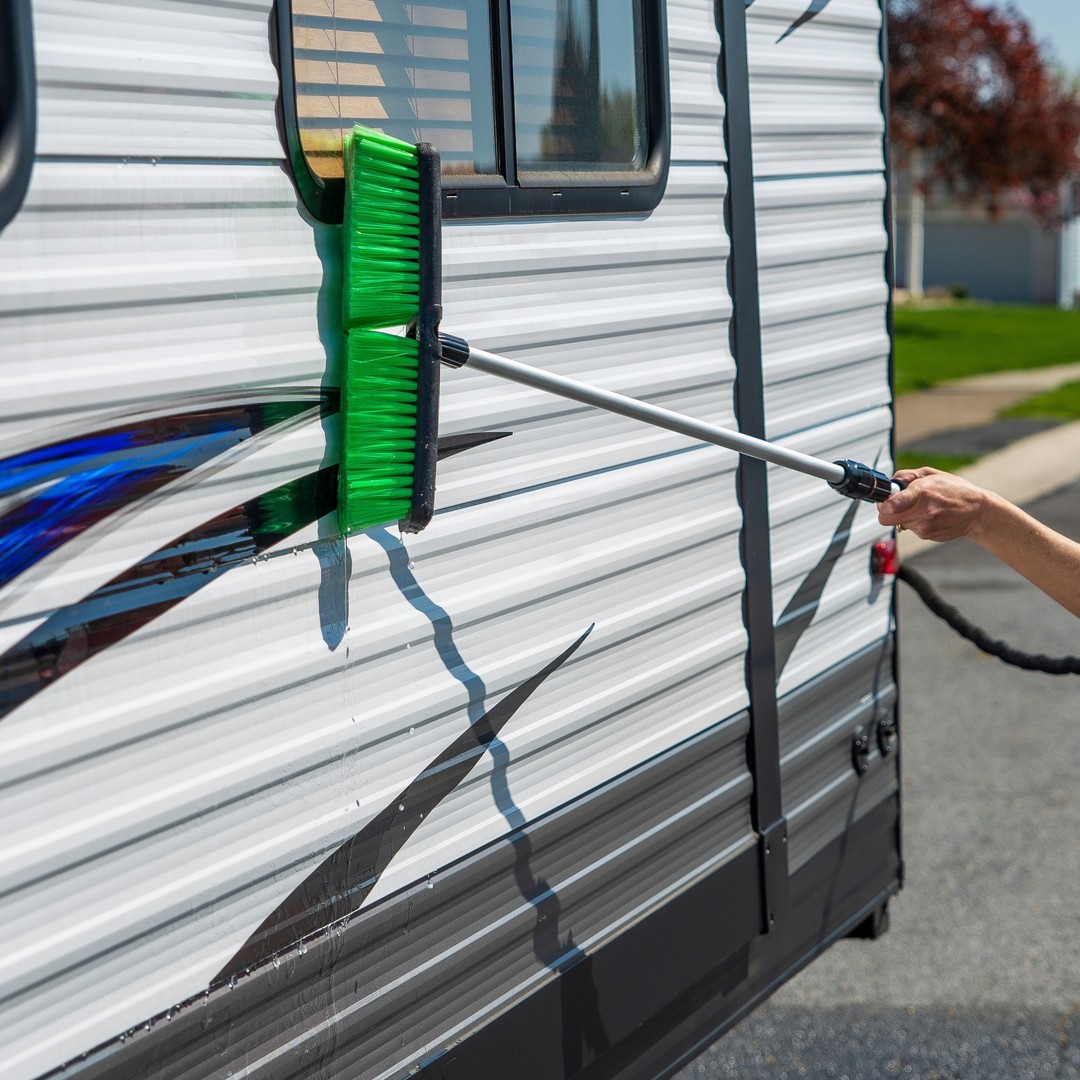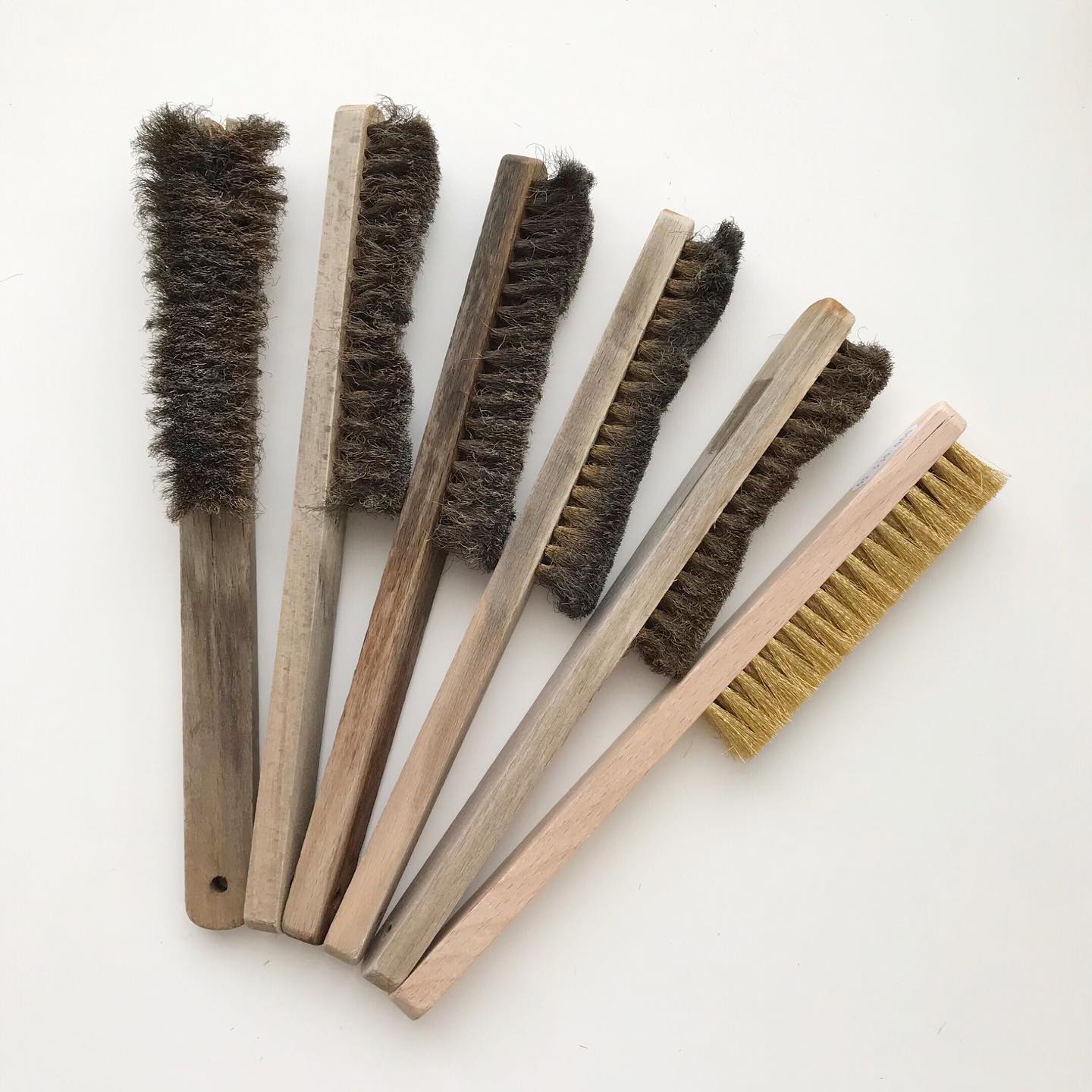Table of Contents
Introduction
When it comes to versatile cleaning, sealing, and polishing solutions, strip brushes are one of the most effective and reliable tools available. Whether you’re looking to remove debris, apply lubricant, or ensure tight seals to prevent leakage, strip brushes are designed to handle a wide array of tasks efficiently. Their adaptable design makes them an indispensable tool in a variety of industries, from manufacturing to food processing.
This detailed guide will walk you through everything you need to know about strip brushes—from their definition and types to their materials, applications, and essential tips for proper use and maintenance. By the end of this article, you’ll understand why strip brushes have become a go-to choice for professionals across diverse industries and how to maximize their performance for long-lasting results.
What is a Strip Brush?
A strip brush, also known as a metal channel strip brush, is a highly adaptable cleaning and sealing tool widely used across various industrial sectors. The design consists of a long strip of bristles that are firmly attached to a metal channel or housing. These bristles can be made from a range of materials, such as natural fibers, synthetic fibers, metal wire, or even abrasive nylon, depending on the specific function required.
The primary function of strip brushes is to effectively seal gaps between moving parts or surfaces. This prevents unwanted particles like dust, water, and debris from infiltrating sensitive areas. For this reason, strip brushes are essential in industries that require cleanliness and precision, including food processing, pharmaceuticals, electronics manufacturing, and more.
Types of Strip Brushes
Strip brushes come in various designs to meet the specific needs of different surfaces and tasks. Here’s a breakdown of the most common types:
1. Straight Strip Brushes
Straight strip brushes are the most widely used type of strip brush. These brushes feature bristles aligned in a straight line, attached to a metal strip. They are highly versatile, ideal for sealing gaps, removing dirt and debris, and general cleaning. Straight strip brushes can be customized to fit specific widths and lengths, making them a flexible choice for a wide range of applications.
2. Spiral Strip Brushes
Spiral strip brushes feature bristles arranged in a twisted pattern, which allows them to conform to irregular surfaces and angles. These brushes are frequently used in applications that require cleaning or polishing cylindrical objects, such as pipes, tubes, and rollers. The spiral design ensures a thorough, even application across uneven surfaces.
3. Coil Strip Brushes
Made from coiled wire or plastic, coil strip brushes are ideal for delicate surface treatments, deburring, or scrubbing tasks. The coil design adds flexibility and durability, making them suitable for use in areas that require gentle, yet effective brushing. These brushes are commonly used for finishing surfaces or cleaning sensitive components.
4. Staple-Set Strip Brushes
Staple-set strip brushes are constructed by inserting bristles into pre-drilled holes in a metal strip. This design allows for flexibility and ease of customization. Staple-set brushes are frequently used for conveyor cleaning, surface finishing, and vacuum sealing applications, where consistent and reliable performance is required.
Materials Used in Strip Brushes
The material of the bristles plays a crucial role in the performance and suitability of a strip brush for specific applications. Below are some common materials used in strip brushes, each with its unique characteristics:
1. Nylon Bristles
Nylon is a durable, resilient material that can withstand high temperatures, exposure to chemicals, and abrasive conditions. Nylon strip brushes are commonly used in industrial machinery, food processing plants, and equipment that require resistance to wear and tear.
2. Metal Wire Bristles
Metal wire bristles are robust and highly effective at cleaning, polishing, and abrading surfaces. Metal strip brushes are often used for tasks such as deburring, metal finishing, and surface preparation, where high-performance cleaning is required. These brushes are particularly effective in industrial settings where precision is essential.
3. Natural Hair Bristles
Natural hair, including horsehair and goat hair, offers a softer and more delicate alternative to synthetic materials. These brushes are ideal for buffing, polishing, and applying lubricants to delicate surfaces. Natural hair strip brushes are commonly used in industries such as automotive, furniture manufacturing, and musical instrument production.
4. Polypropylene Bristles
Polypropylene is a versatile, lightweight material that is resistant to water, oils, and chemicals. Polypropylene strip brushes are often employed in industries like food processing, pharmaceuticals, and cosmetics, where hygiene and contamination control are paramount.
Common Applications of Strip Brushes
Strip brushes have a broad range of applications across various industries. Here are some of the most common uses:
1. Sealing
Strip brushes are highly effective at preventing the entry of dust, air, water, and other foreign particles into or out of enclosed spaces. They are commonly used in door and window seals, as well as in industrial enclosures, where they provide a tight seal to maintain optimal conditions.
2. Cleaning
Strip brushes are frequently employed for cleaning tasks in industrial settings. Their ability to remove dust, dirt, and debris makes them ideal for use on machinery, equipment, and even conveyor belts. These brushes can help ensure the cleanliness of surfaces, enhancing performance and minimizing downtime.
3. Polishing
Many industries rely on strip brushes to polish surfaces to a smooth, shiny finish. This is particularly important in sectors such as automotive manufacturing, jewelry production, and electronics, where high-quality finishes are essential for both aesthetics and functionality.
4. Conveying
Strip brushes are often used in conveyor systems to guide products along the belt while preventing contamination and spillage. Their soft yet durable bristles ensure that products are handled gently, reducing the risk of damage or contamination during transit.
5. Deburring
Metalworking industries often use strip brushes to remove burrs and sharp edges from metal parts. This not only improves the quality of the final product but also enhances safety by eliminating jagged edges that could cause injury during handling or use.
Essential Tips for Using Strip Brushes Effectively
To ensure that your strip brushes perform optimally and last longer, consider the following tips:
1. Choose the Right Material and Type
Different materials and brush types are suited for different tasks. Select a brush that matches the specific requirements of your application, such as nylon for durability, metal wire for heavy-duty cleaning, or natural hair for polishing delicate surfaces.
2. Maintain Proper Alignment
Proper alignment and spacing of the bristles are critical for efficient cleaning and sealing. Make sure the bristles are positioned correctly and that there are no gaps that could compromise the brush’s effectiveness.
3. Replace Worn-Out Brushes Regularly
To maintain performance, replace strip brushes when the bristles become worn or damaged. A worn-out brush will not provide the same level of efficiency, leading to subpar results and potential damage to surfaces.
4. Clean and Store Brushes Properly
After use, clean your strip brushes thoroughly to remove any debris or residue. Store them in a dry, cool place to prevent the bristles from becoming deformed or contaminated.
5. Use Proper Safety Equipment
Strip brushes can be made of wire or synthetic materials that can pose a risk if not handled properly. Always use appropriate safety gear, such as gloves and protective eyewear, when handling these brushes.
Two Additional Features of Strip Brushes
1. Customization Options
One of the key advantages of strip brushes is their customizability. You can modify the size, length, material, and shape of the bristles to meet the specific requirements of your application. Whether you need a brush for delicate polishing or a heavy-duty cleaning tool, customization options make strip brushes versatile enough to handle various tasks.
2. Long-Lasting Performance
Strip brushes are designed for durability, and with proper maintenance, they can last for a long time. High-quality strip brushes made from durable materials such as metal wire or nylon are resistant to wear, making them an excellent investment for long-term use in industrial settings.
Conclusion
Strip brushes are an incredibly versatile and efficient tool that can help you accomplish a wide range of tasks, from cleaning and sealing to polishing and deburring. Their adaptability, ease of use, and customizability make them an essential tool for various industries, including manufacturing, food processing, and automotive production.
By understanding the different types of strip brushes, their materials, and their applications, you can select the right brush for your specific needs. Proper use and maintenance of strip brushes will ensure optimal performance, extended lifespan, and consistent results. So, whether you’re working in a factory or simply tackling a small project at home, strip brushes are a reliable solution that can make your tasks easier and more efficient.
Frequently Asked Questions (FAQs)
1. What are the main industries that use strip brushes?
Strip brushes are widely used in industries such as food processing, pharmaceuticals, automotive manufacturing, electronics, and more. They are particularly beneficial for sealing, cleaning, and polishing tasks in environments where cleanliness and precision are crucial.
2. How do I know which material to choose for my strip brush?
The material of the bristles should be selected based on the specific application. For heavy-duty tasks, metal wire or nylon is a good choice, while softer tasks like polishing require natural hair or synthetic fibers. Always match the material to the task to ensure optimal results.
3. How often should I replace my strip brush?
Strip brushes should be replaced when the bristles become worn or damaged. The frequency of replacement depends on how often the brush is used and the severity of the tasks. Regular maintenance checks will help you identify when it’s time to replace your brush to maintain performance.

